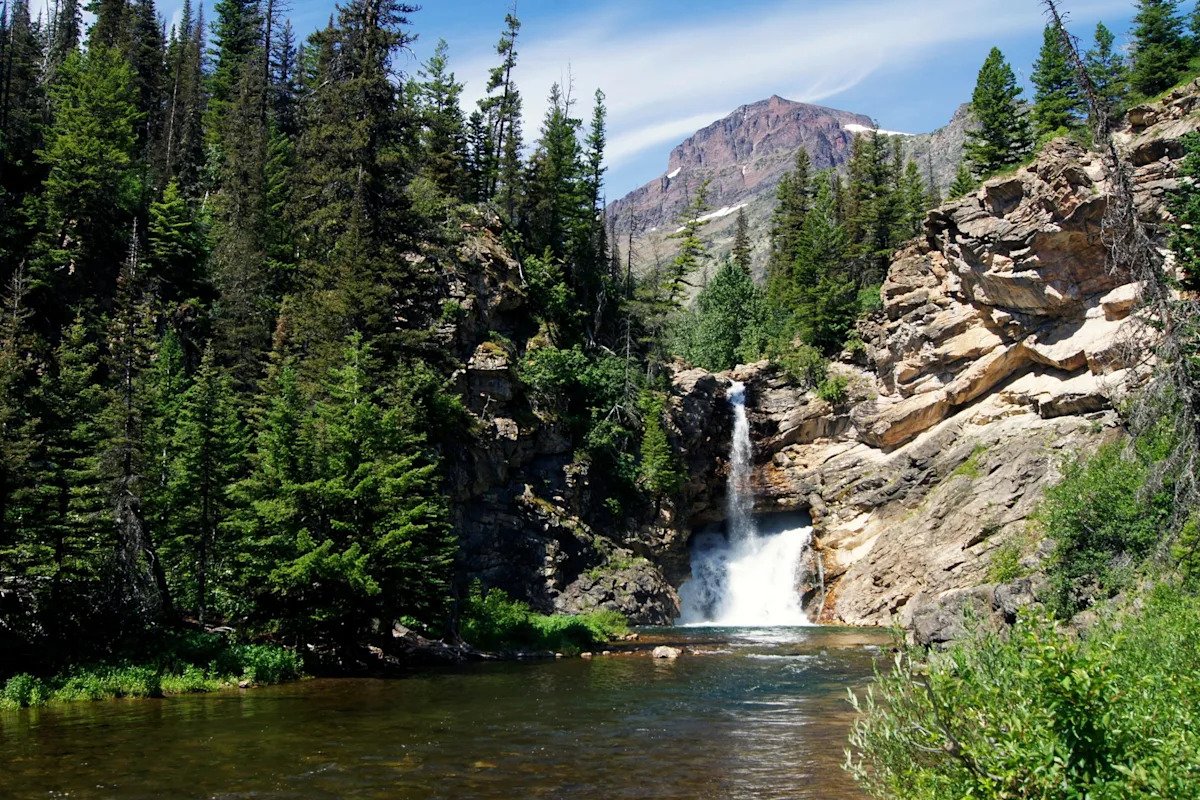Breaking News
New species of dinosaur that lived 75 million years ago found in this US landmark

A new species of dome-headed dinosaur has been discovered in fossils found in Montana, according to researchers.
The dinosaur, named Brontotholus harmoni, belongs to the family pachycephalosauridae and is believed to have lived about 75 million years ago during the Late Cretaceous period, according to a paper published earlier this month in the Zoological Journal of the Linnean Society.

Eduardo Cabanas/Getty Images – PHOTO: Glacier National Park, Two Medicine, Montana
MORE: New species of long-necked dinosaur discovered in mountains of Argentina
Five specimens now identified as B. harmoni were unearthed in the Two Medicine Formation in Glacier County, Montana, according to the paper. B. harmoni is the first pachycephalosaurid from the Late Cretaceous period to be found in the region.
MORE: Fossils of new dinosaur species found with crocodile bone in its mouth
Pachycephalosaurids are known for its species of bi-pedal, dome-headed dinosaurs. The clade — a group consisting of a single ancestor and all of its descendants — is “exclusively known” from the Late Cretaceous periods in Asia and western North America, the authors wrote.

Leonello Calvetti/Stocktrek Images/Getty Images – PHOTO: Stock photo of a 3D-rendering of a Pachycephalosaurus dinosaur.
During the late Cretaceous, western North America experienced several regressive and transgressive cycles of the Western Interior Seaway, which allowed dinosaur clades such as tyrannosaurids, ceratopsids, hadrosaurids and pachycephalosaurids to evolve due to habitat area fluctuations related to sea level change, according to the paper.
The majority of what scientists know about pachycephalosaurid species is from cranial remains, according to the paper.
MORE: Paleontologists discover earliest dome-headed dinosaur
B. Hamorni possesses a “distinct suite of morphological features” from other pachycephalosaurids, including a bipedal gait, thickened domes and ornamented skulls, the researchers said.
The herbivore likely measured at about 10 feet long, and the size of its dome indicates that it’s the third-largest pachycephalosaurid to have been found in North America.
The discovery increases the understanding of pachycephalosaurid morphology and diversity and shows that the clade contained relatively large body-sized dinosaurs as early as the Middle Campanian, the researchers said.
